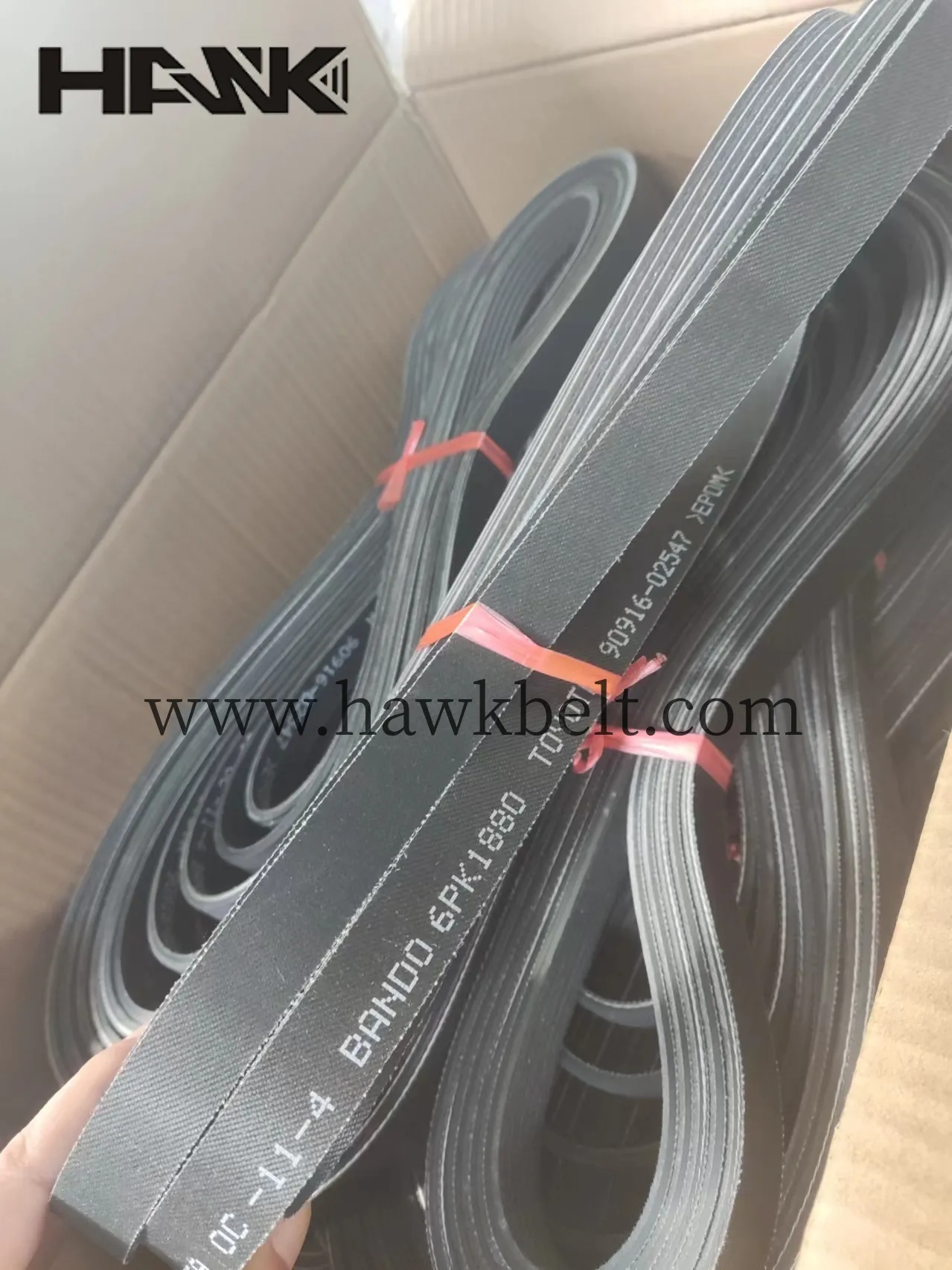- Arabic
- French
- Russian
- Spanish
- Portuguese
- Turkish
- Armenian
- English
- Albanian
- Amharic
- Azerbaijani
- Basque
- Belarusian
- Bengali
- Bosnian
- Bulgarian
- Catalan
- Cebuano
- Corsican
- Croatian
- Czech
- Danish
- Dutch
- Afrikaans
- Esperanto
- Estonian
- Finnish
- Frisian
- Galician
- Georgian
- German
- Greek
- Gujarati
- Haitian Creole
- hausa
- hawaiian
- Hebrew
- Hindi
- Miao
- Hungarian
- Icelandic
- igbo
- Indonesian
- irish
- Italian
- Japanese
- Javanese
- Kannada
- kazakh
- Khmer
- Rwandese
- Korean
- Kurdish
- Kyrgyz
- Lao
- Latin
- Latvian
- Lithuanian
- Luxembourgish
- Macedonian
- Malgashi
- Malay
- Malayalam
- Maltese
- Maori
- Marathi
- Mongolian
- Myanmar
- Nepali
- Norwegian
- Norwegian
- Occitan
- Pashto
- Persian
- Polish
- Punjabi
- Romanian
- Samoan
- Scottish Gaelic
- Serbian
- Sesotho
- Shona
- Sindhi
- Sinhala
- Slovak
- Slovenian
- Somali
- Sundanese
- Swahili
- Swedish
- Tagalog
- Tajik
- Tamil
- Tatar
- Telugu
- Thai
- Turkmen
- Ukrainian
- Urdu
- Uighur
- Uzbek
- Vietnamese
- Welsh
- Bantu
- Yiddish
- Yoruba
- Zulu
ທ.ວ. . 20, 2024 16:43 Back to list
timing belt standard sizes
Understanding Timing Belt Standard Sizes
Timing belts play a crucial role in various mechanical systems, particularly in automotive and industrial applications. These belts are designed for synchronous motion, ensuring that the engine’s camshaft and crankshaft operate in harmony. The quality and precision of timing belts are paramount, and standard sizes provide a framework for manufacturers, engineers, and mechanics to select the appropriate belts for their needs. In this article, we will delve into the importance of timing belt standard sizes, their classifications, and various applications.
What is a Timing Belt?
A timing belt, typically made of reinforced rubber, is a toothed belt that connects the crankshaft to the camshaft in an internal combustion engine. This connection allows for precise timing in the operation of the engine's valves and cylinder movements. Unlike serpentine belts, which can slip, timing belts maintain a tight grip, ensuring that components remain synchronized.
Importance of Standard Sizes
Standard sizing of timing belts is essential for several reasons. First, consistency in dimensions allows for easier replacements and repairs. Mechanics can rely on standardized measurements when sourcing belts, reducing the risk of errors and incompatibility. Second, standard sizes facilitate mass production, lowering manufacturing costs and making belts more accessible to consumers. Additionally, standardization helps engineers design systems with predictable performance characteristics, as they can select from an established range of belt specifications.
Timing Belt Specifications
Timing belts are generally classified by their width, pitch (the distance between the teeth), and the number of teeth. Common pitch sizes include 5mm, 8mm, 10mm, and 16mm, with larger pitches typically found in belts that require more robust performance. The width of the belt determines how much power it can transmit; wider belts can handle heavier loads than narrower ones. A belt with more teeth will engage with gears more effectively, which is vital in applications where precise timing is crucial.
Common Standard Sizes
timing belt standard sizes

While there are numerous timing belt sizes available, several standard sizes are commonly used in different applications. Below is a list of some of the frequently encountered sizing standards
1. ANSI B29.1 This standard outlines the dimensions and specifications for various timing belts used in industrial machinery. 2. ISO 5296 The International Organization for Standardization (ISO) provides this standard for measuring and producing timing belts with precise dimensions.
3. GT (Gates Triple Tooth) This is a popular line of timing belts that measures commonly used pitches such as 3mm, 6mm, and 9mm with distinct tooth profiles for better engagement.
4. HTD (High Torque Drive) These belts are available in pitches such as 5mm, 8mm, 14mm, and come in varying widths, catering to different power transmission requirements.
Applications of Timing Belts
Timing belts are widely used across various sectors. In the automotive industry, they help synchronize the rotation of the crankshaft and camshaft, crucial for proper engine function. Misalignment can lead to engine timing issues, resulting in decreased performance or even catastrophic engine failure.
In industrial settings, timing belts are used in conveyor systems, robotics, and CNC machines. Their precision ensures the accurate and efficient movement of components, which is vital for productivity and safety. Timing belts are also common in household appliances, such as washing machines and printers, facilitating smooth operation and reducing wear on mechanical parts.
Conclusion
In conclusion, understanding timing belt standard sizes is fundamental for anyone involved in vehicle maintenance, industrial production, or machinery design. With clearly defined specifications, manufacturers can create belts that meet industry demands, while users benefit from reliability and compatibility. As technology advances, the demand for precise timing belts will only grow, making familiarity with standard sizes even more critical. Whether you're a mechanic, engineer, or hobbyist, knowledge of timing belt standards plays an integral role in ensuring optimal performance and longevity of mechanical systems.
-
Korean Auto Parts Timing Belt 24312-37500 For Hyundai/Kia
NewsMar.07,2025
-
7PK2300 90916-T2024 RIBBED BELT POLY V BELT PK BELT
NewsMar.07,2025
-
Chinese Auto Belt Factory 310-2M-22 For BMW/Mercedes-Benz
NewsMar.07,2025
-
Chinese Auto Belt Factory 310-2M-22 For BMW/Mercedes-Benz
NewsMar.07,2025
-
90916-02660 PK Belt 6PK1680 For Toyota
NewsMar.07,2025
-
drive belt serpentine belt
NewsMar.07,2025

